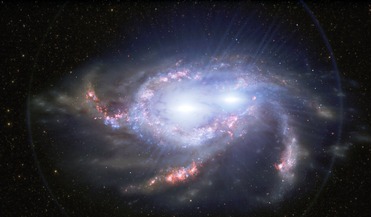 07 April 2021
Astronomers find a rare pair of double quasars in the early Universe
07 April 2021
Astronomers find a rare pair of double quasars in the early Universe
... made. From this list Shen and colleagues then used observations from the European Space Agency’s Gaia spacecraft to identify four potential quasar pairs, that were narrowed down to two pairs with the help...
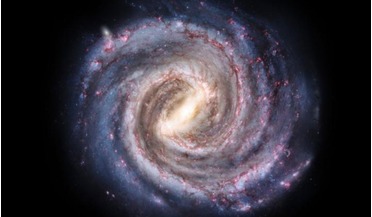 18 June 2021
The spin of the Milky Way's galactic bar has slowed by a quarter, say researchers
18 June 2021
The spin of the Milky Way's galactic bar has slowed by a quarter, say researchers
... in heavier elements, called metals in astronomy, compared to stars in the outer galaxy. Then, using data collected by the Gaia space telescope, Chiba and colleague Ralph Schoenrich at the University College London, followed the motion of these...
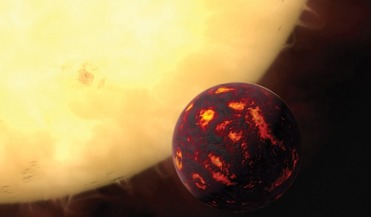 March 2017
Twinkle - a mission to unravel the story of planets in our galaxy
March 2017
Twinkle - a mission to unravel the story of planets in our galaxy
...Ongoing and planned ESA and NASA space missions such as GAIA, Cheops, PLATO, Kepler II and TESS will increase the...in our galaxy (e.g. WASP or HATNet) and space observatories (Kepler-2, GAIA, Cheops and TESS). The Twinkle satellite will be built in the...
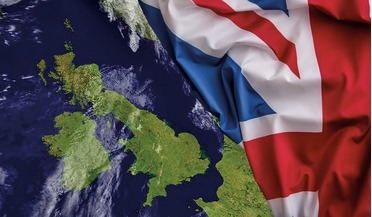 February 2020
Opportunity knocks for UK space industry
February 2020
Opportunity knocks for UK space industry
... Earth observation and weather management right the way through to taking industrial activities currently within the Gaia of the planet’s atmosphere out of the atmosphere and into space. This includes things like server farms...
 March 2018
Mapping the dark universe
March 2018
Mapping the dark universe
...for other ESA SEL2 missions like Herschel, Planck and Gaia. To ensure the completeness of science and ancillary data... from previous astronomy and other science missions (Herschel/Planck, Gaia, etc) but there are a number of specific challenges ...
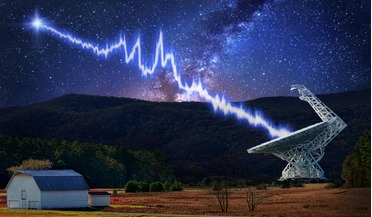 07 September 2020
A new study helps narrow the search for intelligent life
07 September 2020
A new study helps narrow the search for intelligent life
... stars in the Milky Way. Using this astrometric data from Gaia, that includes inferred distances to all the stars monitored by ... locations and distances to these additional sources [via Gaia], greatly improves our ability to constrain the prevalence...